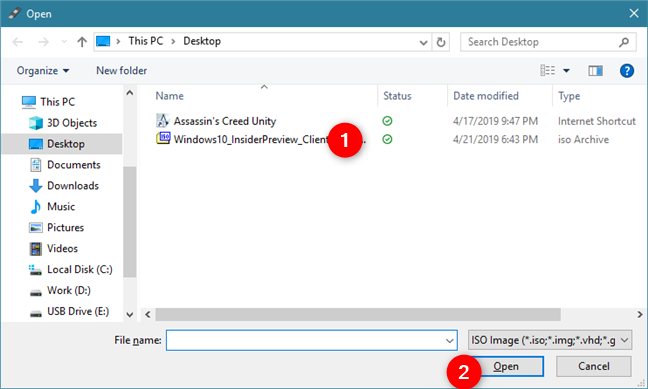

After that, a newly installed copy of Lubuntu is now ready for use. All you have to do is enter the username and password you created during the installation process. Step 11: After the computer reboots, you will be prompted with a login screen. In that case, you have to opt for a higher version of Lubuntu let’s say Lubuntu 20.04. However, from then on, they switched to the LxQT desktop environment. LTS is generally supported for as long as three years.Ī reminder: All Lubuntu versions below version 18.10 used the LXDE. The Long-Term Support (LTS) is recommended to many because its image is fully supported to function well with updates via the kernel and short-term support, which is less supported than the long-term support. However, the 18.04LTS for the 32-bit system is supported until 2021.Īs discussed earlier, you realized that Lubuntu offers two types of releases. It is unfortunate for 32-bit system users since they dropped releasing new versions for Operating systems below 18.04LTS. Lubuntu supports 64-bit operating systems with an up-to-date release every six months for short-term support versions and a long-term version release every 2 years. Before you initiate the installation process of Lubuntu, you need to download the correct Iso image that matches your computer’s specs. The OS is super light, has fewer resource requirements, and uses the LXQT modern desktop environment. This tutorial would assume that you are using a Windows PC with XP or later OS installed.Lubuntu is an open-source Linux distribution based on Ubuntu. We would be creating the USB stick on an Windows 10 PC. The link is given below:Ĭlick here to download it directly from its developer, Peter Batard’s Github page. You can take a look at the source code of the EXE file by visiting his Github page at the following link

You can download the standalone version from Rufus’s official page. It’s a perfectly safe application which is also recommended by Ubuntu’s official website.

We will be using Rufus which is a standalone. iso file on to the USB stick and make it bootable. iso file.Ī USB stick writing software or tool would be needed to write the Ubuntu. Take a backup of any data from the Flash drive as it will be erased for writing the.

If you want to continue running Ubuntu from the USB flash drive, for a longer duration without installing it on your hard drive, then you should use an USB stick with higher capacity ( 8GB, recommended). You need a blank USB flash drive/stick with at least 4GB capacity. As of writing this tutorial Ubuntu 20.04.2.0 LTS is the latest version of Ubuntu for desktop PC’s. Download the latest version of Ubuntu with long term support.


 0 kommentar(er)
0 kommentar(er)
